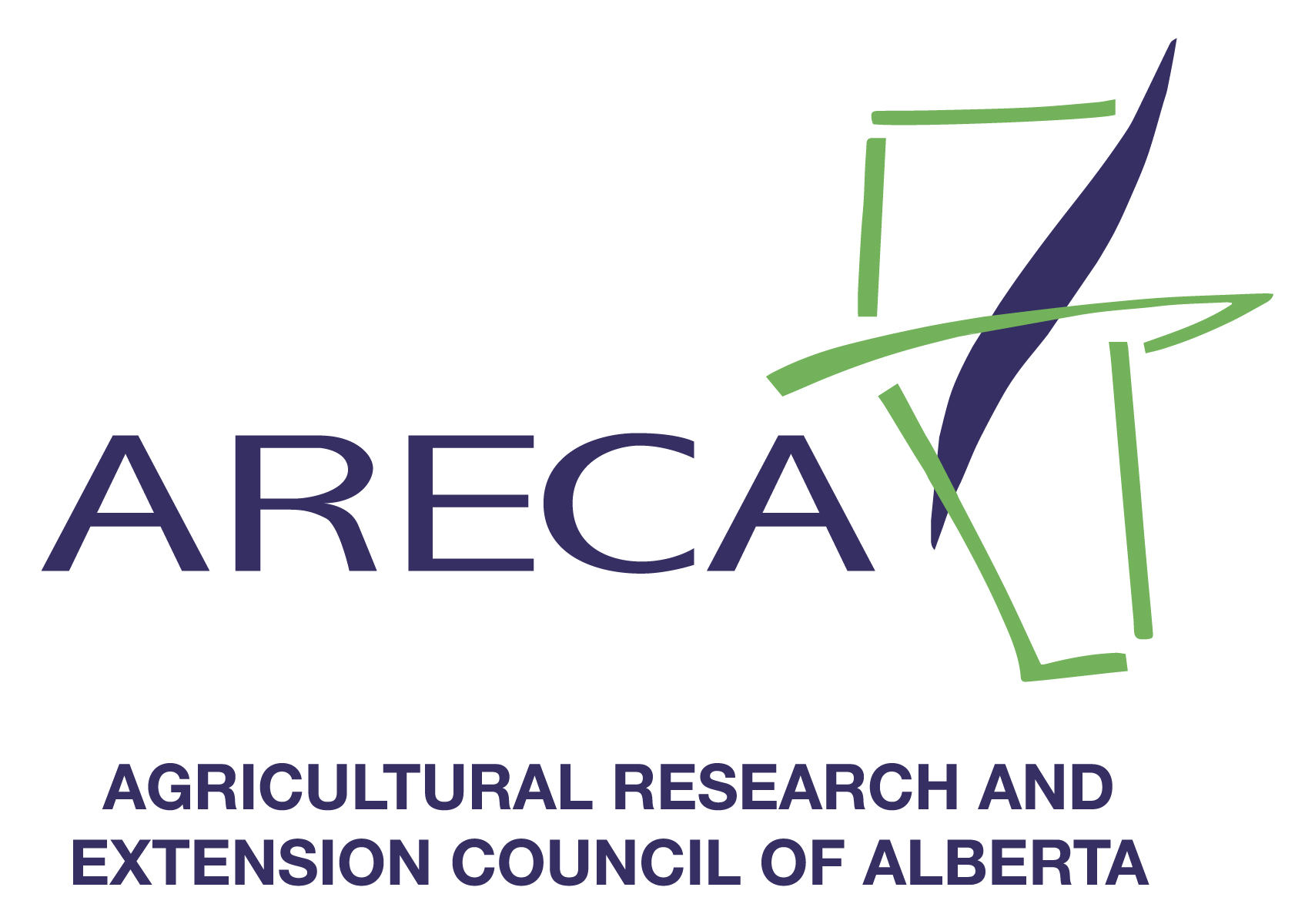How best to manage well pits — those lined, shallow excavations once commonly used to control water distribution and keep well pumps from freezing — is a frequently asked question among producers attending EFP workshops.
Because of the safety and contamination risks well pits can present, it has been illegal to develop new well pits in Alberta since the 1970s. Although producers who have bought or inherited farms with existing pits are under no legal obligation to fill them in or replace them with a pitless adaptor, it is highly recommended that producers do so in order to avoid these risks.
Well pit risks
The risks of well pits are twofold, says Joe Harrington, water specialist with Alberta Agriculture and Food (AF). First, well pits are often home to gases such as carbon dioxide as well as explosive gases such as methane and hydrogen sulphide. “Because of this, there have been well-documented instances of death or injury related to well pits,” says Harrington.
Secondly, well pits have a tendency to collect seepage and overflow, presenting the risk of contaminated water entering water wells and other interconnected water sources. Although some practices, such as putting a sump pump in a well pit, can help producers manage this risk, Harrington says it’s better to fill in the pit and use a pitless adaptor.
Two key options
There are two key options involved in managing well pits. If the well is no longer used, the best option is to decommission both the well and the well pit, first by removing the well casing, if possible, and then filling the well bore from bottom to top with an impervious material such as bentonite. The well pit can then be filled in with a clay type material.
If the well is to be retained, the best option is to extend the well casing above the surface and install a pitless adaptor, a device which allows the pump to be removed from the well for servicing but will keep the piping below the frost line to prevent freezing. The well pit should then be filled in with clay type material.
Assistance available
Information and assistance on managing well pits, as well as a number of other on-farm environmental practices, is available through a strong network of EFP Technicians throughout the province.
This article may be reprinted with the credit: Alberta Environmental Farm Plan
For more how-to fact sheets or other information, visit www.albertaEFP.com.
 Initiative
Initiative



